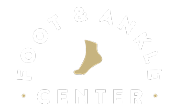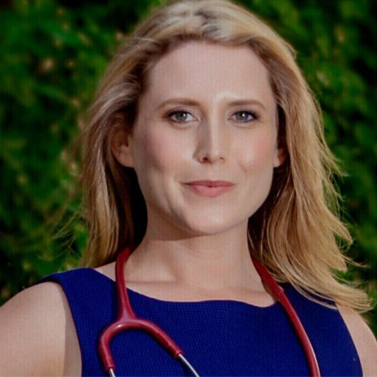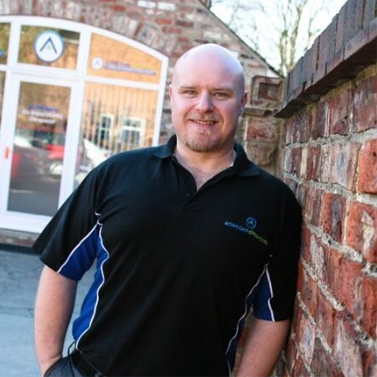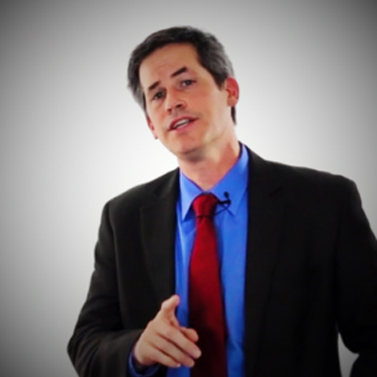Can bunions be corrected through physical therapy or other conservative measures?
6 Conservative Ways to Treat Bunions
Yes, bunions can be managed and sometimes corrected through physical therapy and conservative measures. However, it is important to note that physical therapy alone may not eliminate the bunion, especially if it is severe or causes significant pain. Here are some conservative measures that can help:
1. Footwear modifications: The bunion can be relieved of pressure and given more room by wearing shoes with a large toe box and low heels.
2. Orthotics: Custom-made shoe inserts or over-the-counter arch supports can help redistribute pressure and provide support to the foot, potentially relieving bunion symptoms.
3. Toe spacers or splints: These devices can help separate and realign the toes, reducing the pressure on the bunion and promoting proper alignment.
4. Padding and taping: Applying padding or moleskin to the bunion can help cushion and protect it from friction and pressure. Taping techniques can also help in realigning the toe.
5. Exercises and stretches: Physical therapy can include specific exercises and stretches to strengthen the muscles around the foot and ankle, improving stability and potentially reducing bunion symptoms.
6. Pain management: Over-the-counter pain relievers or anti-inflammatory medications can help manage pain and reduce inflammation associated with bunions.
While these conservative measures can provide relief and slow down the progression of bunions, they may not correct the deformity entirely. In severe cases or when conservative measures fail to alleviate symptoms, surgical intervention may be necessary. It is advisable to consult with a foot and ankle surgeon.
Toe Exercises and Massages
Orthopedic professionals might treat bunions with conservative methods whenever possible. To help minimize swelling, they may prescribe icing the region or use anti-inflammatories. Changing your footwear, for example, is a conservative method that can significantly minimize discomfort.
A visit to an orthopedist and physiotherapist is frequently enough to effectively learn appropriate exercises This is known as conservative bunion treatment. In other words, you do not require surgery to recover. When carried out properly, foot gymnastics, toe exercises, insoles, and massages all help to strengthen your foot and its muscles.
Gymnastics and particular adhesives may even be able to partially correct the deformity. These exercises are also beneficial in the prevention and treatment of bunions. Walking barefoot or sprinting barefoot on the meadow, or woodland floor, or balancing with your eyes closed is an easy preventative activity and helps to strengthen the arch of the foot.
Physical Therapy
While bunions are typically associated with podiatry, conservative measures such as physical therapy can play a crucial role in managing and potentially correcting bunions.
Physical therapy focuses on strengthening the muscles and improving the flexibility of the foot and ankle. By addressing muscle imbalances and providing specific exercises, physical therapy can help alleviate pain, improve joint alignment, and slow down the progression of bunions.
Additionally, manual therapies, such as joint mobilization and soft tissue techniques, can be employed to promote better alignment and function of the foot. While surgical intervention may be necessary in severe cases, a comprehensive approach that includes physical therapy and conservative measures can offer significant benefits in the treatment and correction of bunions.
Physical Therapy and Orthotic Devices
Bunions, which are bony bumps that form at the base of the big toe, are primarily caused by structural issues in the foot. While physical therapy and conservative measures cannot directly correct bunions, they can help alleviate symptoms and slow down their progression.
Physical therapy focuses on strengthening the muscles and improving the flexibility of the foot and ankle. Specific exercises may be prescribed to stretch and strengthen the muscles around the affected area. These exercises can help maintain proper alignment of the foot and reduce stress on the bunion, thereby providing some relief.
Other conservative measures include wearing appropriate footwear that accommodates the bunion, using orthotic devices or shoe inserts to support the arch and reduce pressure on the bunion, and applying ice or taking anti-inflammatory medications to manage pain and inflammation.
While physical therapy and conservative measures may not correct the bunion itself, they can help manage symptoms, reduce pain, and improve functionality. In more severe cases where conservative measures are ineffective, surgical intervention may be necessary to correct the structural deformity and realign the toe. It is essential to consult with a healthcare professional for an accurate diagnosis and appropriate treatment plan tailored to individual needs.
This is a crowdsourced article. Contributors' statements do not necessarily reflect the opinion of this website, other people, businesses, or other contributors.




